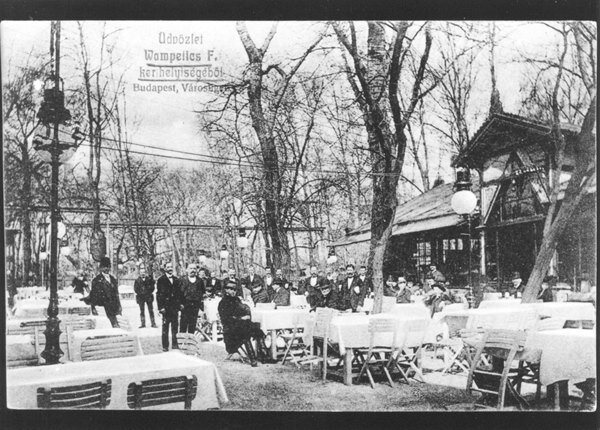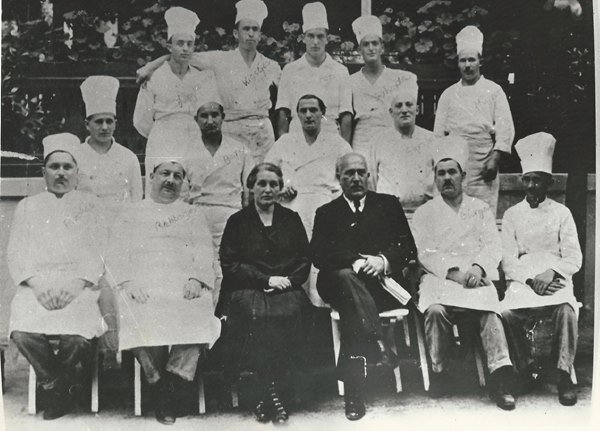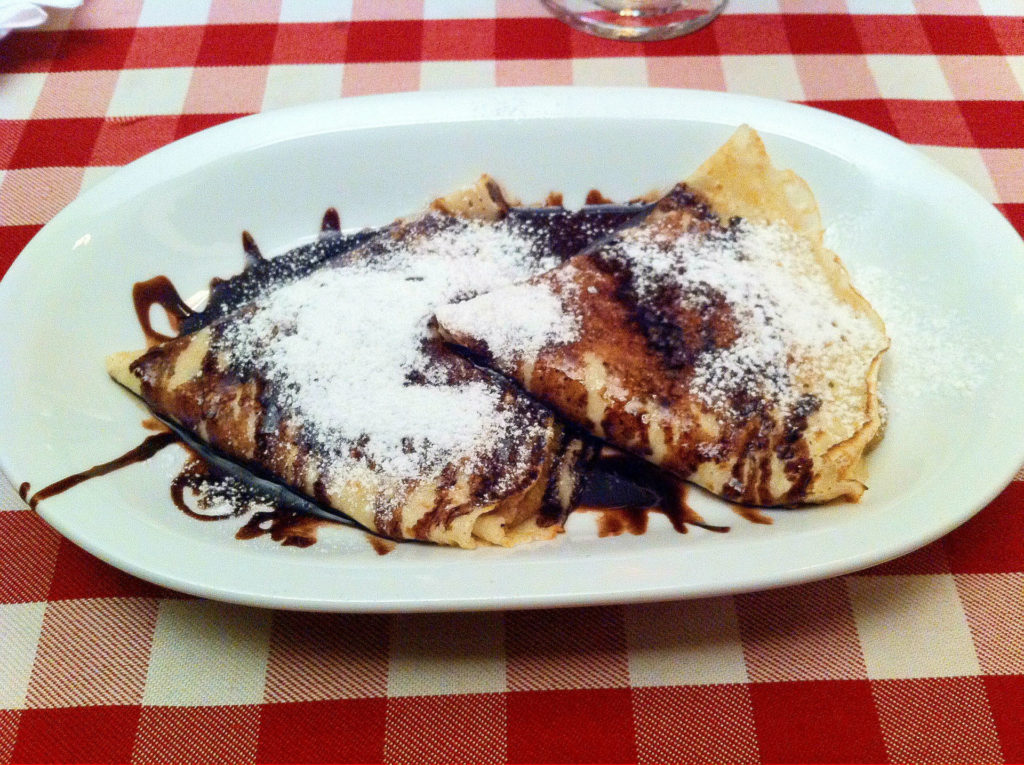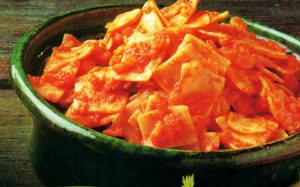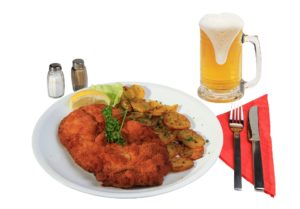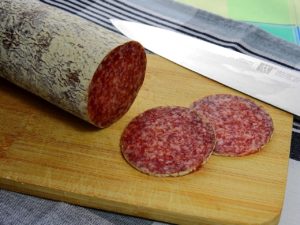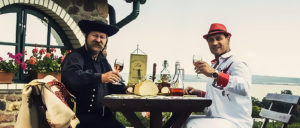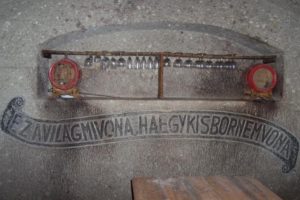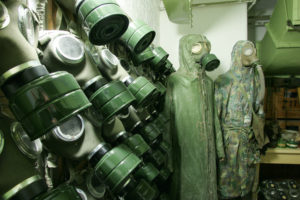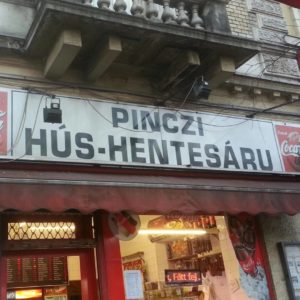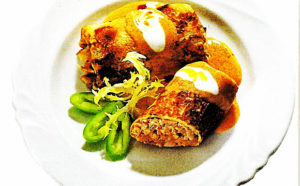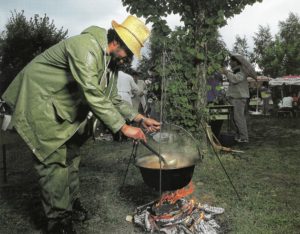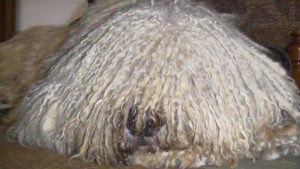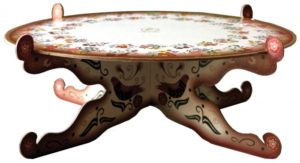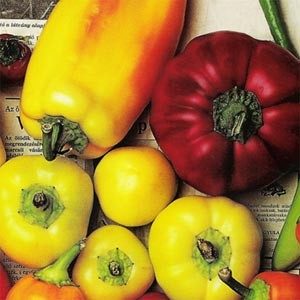The Gundel legacy
In 2014, the Gundel legacy became part of the Hungarikum Collection, as the unavoidable history of Hungarian gastronomy.
János Gundel and the beginnings
The world-famous gastro dynasty has Bavarian roots. János Gundel was born in Anbach and started his career as a poor man from a folk tale, pursuing a bright career in Hungary.
In 1857, at the age of 13, he began working for György Gartner at the Utolsó fillérhez inn. His talents were evident early on, and at the age of 18 he became a head waiter. Gundel married his boss’s niece, and then became an independent entrepreneur. In 1869 he bought the Bécsi Sörház on Király utca, later operated the Virágbokor restaurant in József Nádor tér 1, and in 1875 he also bought and rented the Erzsébet Királyné Hotel. Despite his unbroken success, there was a 10-year long gap in his career when he gave up hospitality and performed public duties.
Birth of palócleves
One of his most famous dishes, the legendary palóc soup, is related to Kálmán Mikszáth, a Hungarian writer. This masterpiece was born during the period when János Gundel rented the István Főherczeg Hotel. Having a good sense of marketing, he named a room in his hotel after the well-known and popular writer. Besides Mikszáth, Mór Jókai, Kálmán Tisza and György Klapka were also frequent guests of the hotel. According to the legend, the palócleves was invented because Mikszáth asked for something folkish, a palóc-style soup. The improvisation was so well done that the palócleves became popular and there are different versions of it nowadays.
The soup has officially become part of the menu: it was already served on the opening ceremony of the Mikszáth-room on 6th of October 1894.
The Gundel Legacy
In 1876 János Gundel was elected president of the Industrial Association of Hoteliers and Restaurateurs. In 1885 he was awarded with the Knight’s Cross of the Order of Franz Joseph. He had 5 children, Károly Gundel, the 3rd son continued the paternal legacy.
In the beginning, he was entrusted with the daily shopping for the restaurant of the István Főherczeg Hotel, where he became friends with József Marchal Jr., who soon became the director of the new Palace hotel in the High Tatras. Gundel started here as a hotel secretary and later he became the successor of his friend as a hotel director.
In 1910 he and his family moved back to Budapest, where he rented the Wampetics restaurant in the City Park. For the millennium celebrations, the owner refurbished the building, which still exists to this day, and works as a Gundel restaurant with other owners.
Even though the restaurant was famous, Gundel had constant financial struggles, and by the time the business was stable again, the world war broke out. Later, in the year 1927 his career got a new impetus, as he managed the restaurants of the Gellért Hotel until 1948. Gundel personally visited the markets, hand-picked the ingredients and later he had his own producers. He had a pig farm outside the city, his own horticulture and mushroom cellars, and rented a wine cellar in Budafok for his own bottled wines.
The Gundel tokány and the pancakes
Károly Gundel also wrote gastronomic books, many recipes are associated with his name. One of his most famous creations is the Gundel Tokány.
And if you want to put a full Gundel menu on the table, dessert could be nothing else but world-famous Gundel pancakes. According to legend, similar to palóc soup this recipe can be linked to one of the most prominent people of the period too. Or more precisely to his wife: Ilona Matzner created the special pancakes for her husband Sándor Márai at a gathering in Gundel, she filled the thin dough with walnuts, folded and sprinkled them with chocolate mousse. Until the nationalization, this sweetness was on the menu as Márai pancakes , then it was re-named as Gundel pancakes.
Gundel Restaurant in The City Park
The popularity of the Gundel Restaurant in The City Park culminated in 1939, when it became the official restaurant of the Hungarian pavilion of the New York World’s Fair. It was nationalized in 1949 after The Second World War and got the name Május 1. restaurant, but thanks to the old chef, the place remained worthy of its heritage. During the decades of socialism, Gundel’s kitchen cooked and served for receptions of embassies and trade offices, as well as at virtually every major domestic event or festive event.
Following the change of regime, the Gundel family relinquished the name in favour of Ronald S. Lauder’s company. The quality of the Gundel restaurant fluctuated over a long period of time. The significant change and the new flowering period occurred in 2018, when Zsolt Litauszki, executive chef of Gundel restaurant, became a member of the Hungarian Gastronomic Association and The Hungarian Bocuse d’Or Academy. However, due to the coronavirus outbreak, Gundel is now facing another change under the new chef, András Wolf.
Photos: gundel.hu



